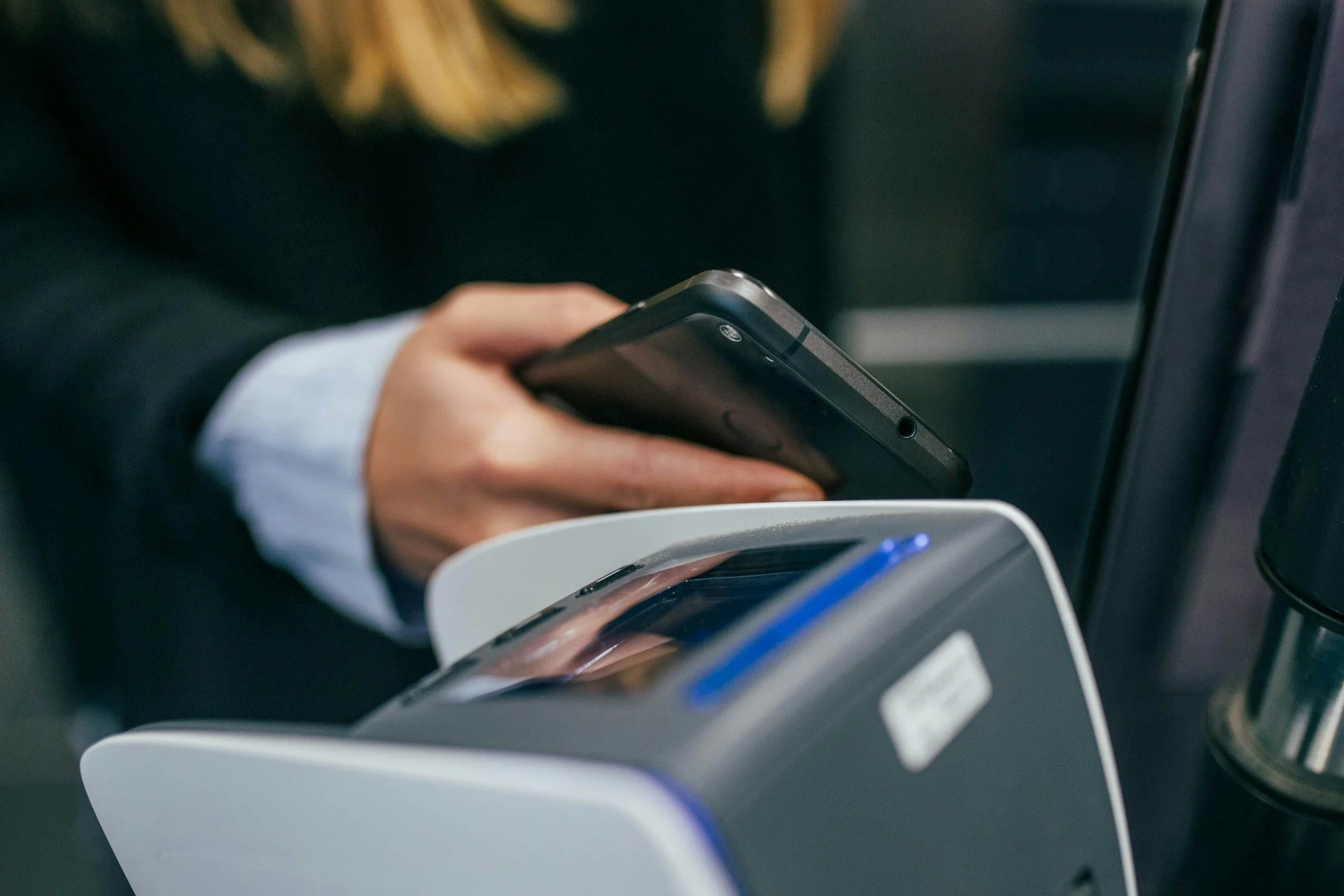Buy now, pay later: convenience now, consequences later
Photo by Jonas Leupe
Buy now, pay later (BNPL) is now a standard payment method, especially among Gen Z. Once viewed as a retail novelty, BNPL has become embedded in e-commerce checkout flows, offering short-term installment plans often marketed as interest free. This framing downplays the risks, and those risks are now surfacing in your credit union’s delinquency data, charge-offs and operational costs.
BNPL appeals to Gen Z because it feels easy and low pressure. There’s no credit card required, approval is nearly instant, and the product arrives before the first payment is due. For many young consumers, it doesn’t register as debt.
BNPL services include providers like Afterpay, Klarna, Affirm and PayBright. These companies partner with online retailers to let shoppers split a purchase into four equal payments, often over six weeks. Approval is nearly instant, and most services don’t require a credit check. For many young consumers, this feels like a workaround to traditional credit, but the financial obligations are real and they can pile up quickly.
The numbers tell the story. According to TransUnion (2024), 28 percent of Gen Z consumers used BNPL in 2023, up from 16 percent in 2021. Gen Z is the fastest-growing demographic in BNPL adoption, surpassing both Millennials and Gen X.
This trend isn’t limited to retail splurges. A study by PYMNTS and LendingClub found that nearly half of Gen Z BNPL users apply it to everyday necessities like groceries and fuel. That suggests a reliance on short-term credit to manage routine expenses.
Missed payments are common. Morning Consult reports that 53 percent of Gen Z BNPL users have missed at least one payment. Of those, 31 percent saw a credit score drop and 24 percent faced overdraft or NSF fees. What often begins as a tool for convenience quickly becomes a source of financial strain.
Missed BNPL obligations are now showing up in institutional data. The National Credit Union Administration (Q1 2024) reported that consumer loan delinquencies reached 1.01 percent, up from 0.74 percent the year prior. Net charge-offs rose 45 percent year over year. While BNPL services aren’t always visible to lenders, analysts have pointed to younger borrowers and short-term borrowing behavior as significant contributors.
Callahan & Associates, a credit union research and analytics firm, has flagged the lack of visibility into BNPL accounts as a growing concern. Because many BNPL transactions don’t appear on credit reports or during underwriting, credit unions are exposed to risk without a full picture of the member’s obligations.
Filene Research Institute has also noted a rise in non-sufficient fund incidents tied to BNPL autopayments. These typically involve small debits under $100, but the operational impact can be large. Staff are handling increased member complaints, researching failed transactions and processing refund requests. These incidents add administrative load and often surface as member dissatisfaction, especially among younger account holders who didn’t expect a budgeting slip to result in account-level disruption.
The Consumer Financial Protection Bureau has reported that frequent BNPL users are more likely to carry revolving credit card debt, incur overdrafts and show signs of financial distress. Gen Z consumers show the highest overlap across all three indicators, suggesting they are using BNPL alongside other forms of unstable credit.
This behavior reflects a broader gap in financial understanding. Many young users don’t grasp how BNPL impacts their credit or budget. Because there’s no interest and often no formal credit check, it can feel like a safe option. Repeated use and missed payments carry long-term consequences.
This is where education becomes critical. Our It’s a Money Thing program was built to help young members understand the difference between wants and needs, how debt affects credit, what drives a credit score and how impulse decisions add up. The content is practical, relatable and designed to meet learners where they are.
These resources are already in use at hundreds of credit unions across the United States and Canada. They can be delivered through onboarding journeys, digital banking platforms, school partnerships and social channels. Implementation is flexible and doesn’t require significant staff time or technical setup.
What sets It’s a Money Thing apart is its focus on financial behavior, not just budgeting. It helps members pause, recognize patterns in their spending and make more intentional decisions before taking on short-term debt.
Retailers and fintech firms are fully committed to keeping BNPL in the mainstream. But the risks can be managed. Credit unions are uniquely positioned to respond. Unlike fintech lenders or neobanks, they have established trust, financial education infrastructure and a mission tied to member wellbeing. Addressing the BNPL challenge is not only about risk reduction, it’s also an opportunity to deepen relevance among younger members who need guidance but don’t always ask for it.
Credit unions that prioritize financial education now are in a stronger position to reduce future losses.


